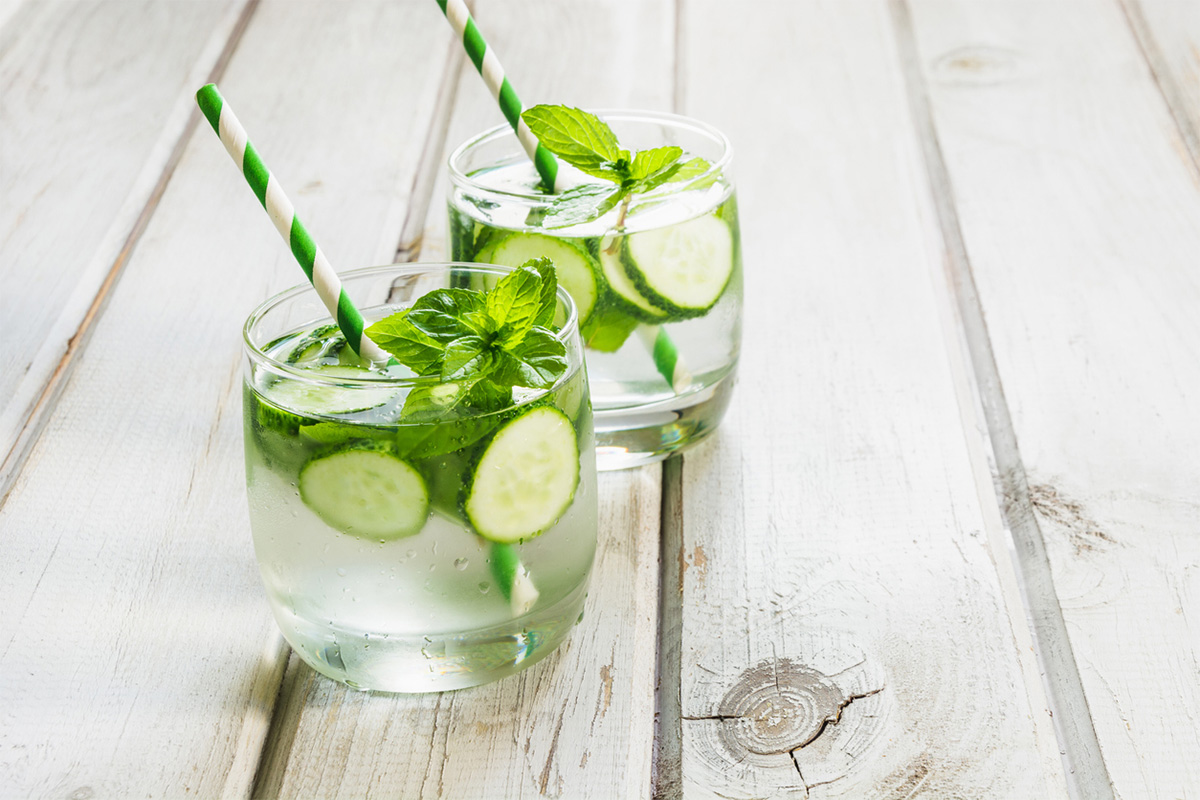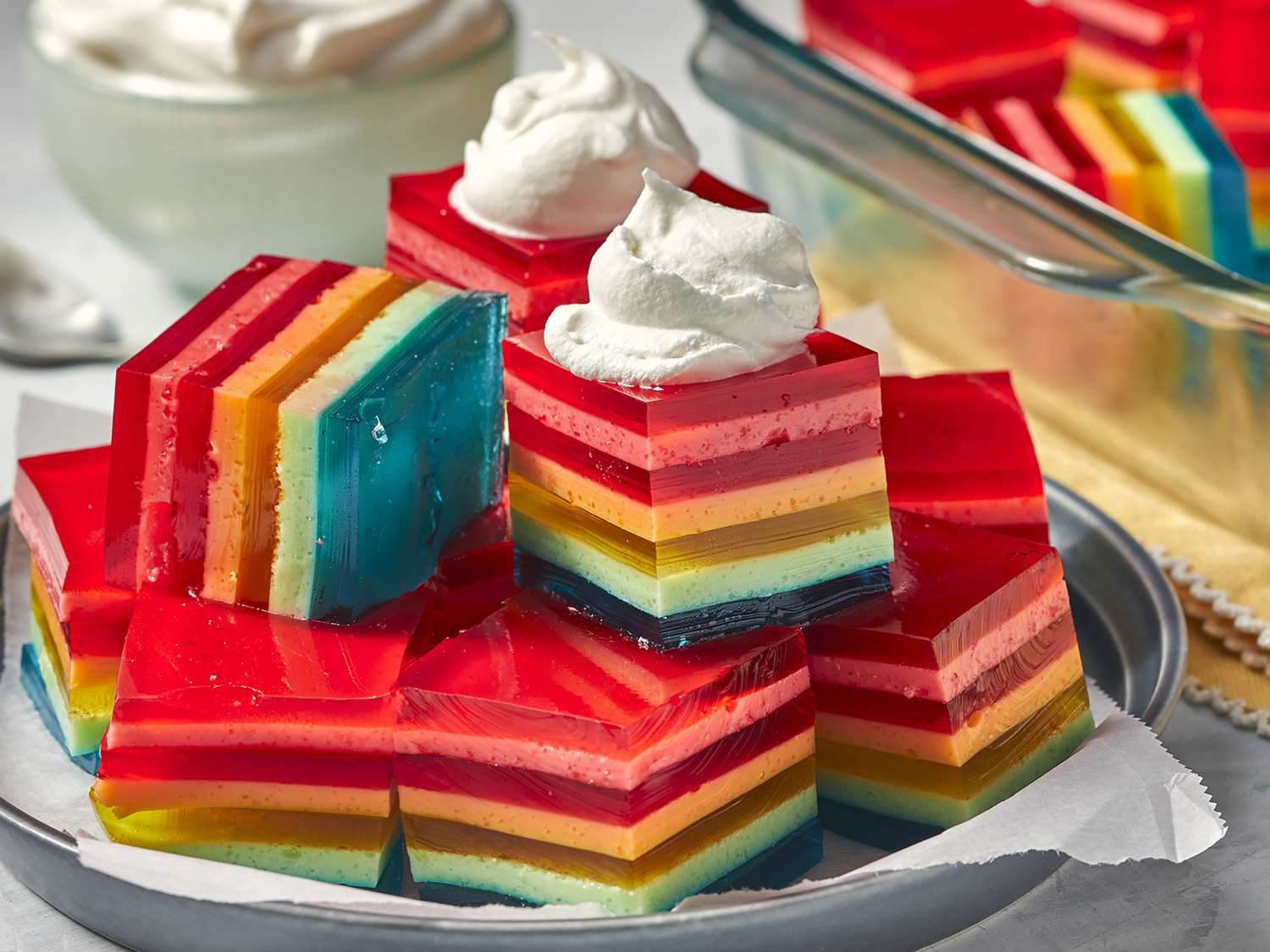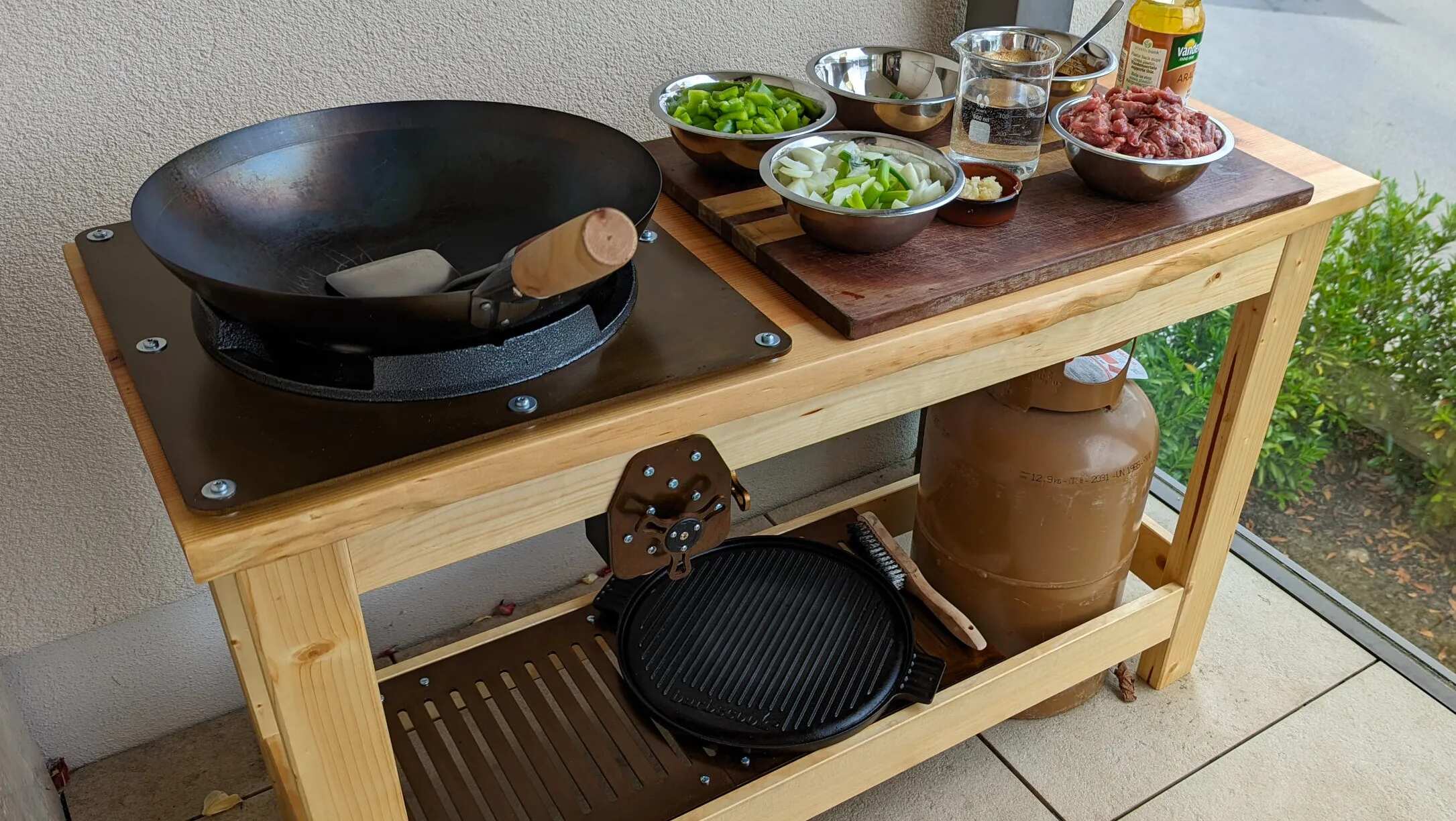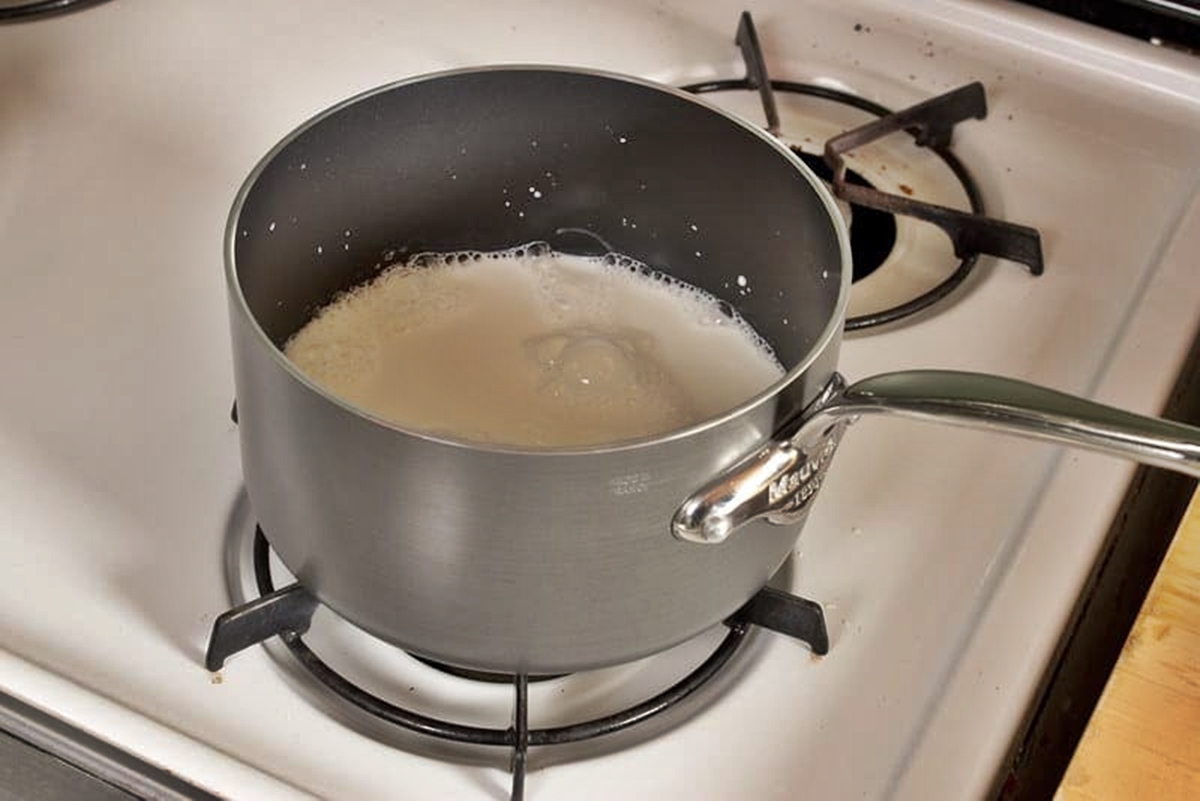How to Make Tomato Water: A Refreshing Twist on Tomato Flavors
If you’re a food enthusiast looking for a unique and refreshing way to enjoy the flavors of tomatoes, look no further than tomato water. This simple yet impressive technique will elevate your dishes and add a burst of freshness to your culinary creations. In this guide, we’ll take you through the step-by-step process of making tomato water, so you can impress your friends and family with this delightful twist on tomatoes.
Why Tomato Water?
Tomato water is a versatile ingredient that can be used in a variety of dishes, from salads to cocktails. It captures the pure essence of tomatoes, delivering a clean and vibrant taste. By extracting the liquid from tomatoes, you create a clear, flavorful water that can be used as a base for soups, dressings, or even as a refreshing beverage on its own.
Step 1: Choosing the Right Tomatoes
The key to making delicious tomato water is selecting ripe and flavorful tomatoes. Look for tomatoes that are vibrant in color, firm to the touch, and aromatic. Heirloom tomatoes or vine-ripened varieties tend to have the best flavor for this purpose.
Step 2: Preparing the Tomatoes
- Wash the tomatoes thoroughly under cold water to remove any dirt or impurities.
- Remove the stems and cut the tomatoes into quarters.
- If desired, remove the seeds by gently scooping them out with a spoon. This step is optional, as the seeds can add a slightly bitter taste to the tomato water.
Step 3: Extracting the Tomato Water
To extract the tomato water, you have a few options:
- Method 1: Using a Blender or Food Processor
Place the chopped tomatoes in a blender or food processor and blend until smooth. Once blended, strain the mixture through a fine-mesh sieve or cheesecloth, pressing gently to extract as much liquid as possible. The result should be a clear, vibrant tomato water.
- Method 2: Using a Juicer
If you have a juicer, you can simply juice the tomatoes to obtain tomato water. The juicer will separate the liquid from the pulp, giving you a smooth and clear tomato water.
Step 4: Seasoning the Tomato Water
Once you have obtained your tomato water, you can enhance the flavor by adding seasonings. Some popular options include:
- Sea salt and black pepper to taste
- A splash of lemon or lime juice for acidity
- A pinch of sugar to balance the flavors
- Herbs such as basil, mint, or thyme for an aromatic touch
Experiment with different seasonings to find the combination that suits your taste preferences. Remember, the goal is to enhance the natural flavors of the tomatoes without overpowering them.
Step 5: Storing and Using Tomato Water
Once seasoned, transfer the tomato water to a clean, airtight container and refrigerate. It is best consumed within a few days to enjoy its optimal freshness.
Now that you have your homemade tomato water, the possibilities are endless! You can use it as a dressing for salads, a base for gazpacho, a flavorful addition to cocktails, or even as a refreshing drink on its own. Get creative and explore different ways to incorporate this delightful ingredient into your culinary adventures.
With this easy step-by-step guide, you can now enjoy the vibrant flavors of tomatoes in a whole new way. Get ready to impress your taste buds and elevate your dishes with homemade tomato water. Cheers to the refreshing taste of summer!
For those keen on honing their skills with tomato water, the recipes in the guide offer a wealth of delicious options. Start with the Chilled Tomato Water Gazpacho for a refreshing summer dish, perfect for hot days. The Tomato Water Bloody Mary is a must-try for brunch enthusiasts, adding a unique twist to a classic cocktail. Seafood lovers should not miss the Tomato Water Shrimp Cocktail, which brings a fresh, vibrant flavor to a traditional appetizer. For a light and elegant meal, the Tomato Water Poached Fish offers a delicate balance of flavors, highlighting the subtle taste of tomato water. Each of these recipes showcases the versatility of tomato water and demonstrates how it can elevate your culinary creations.
Was this page helpful?
Read Next: How To Boil Orange Peels For Scent











